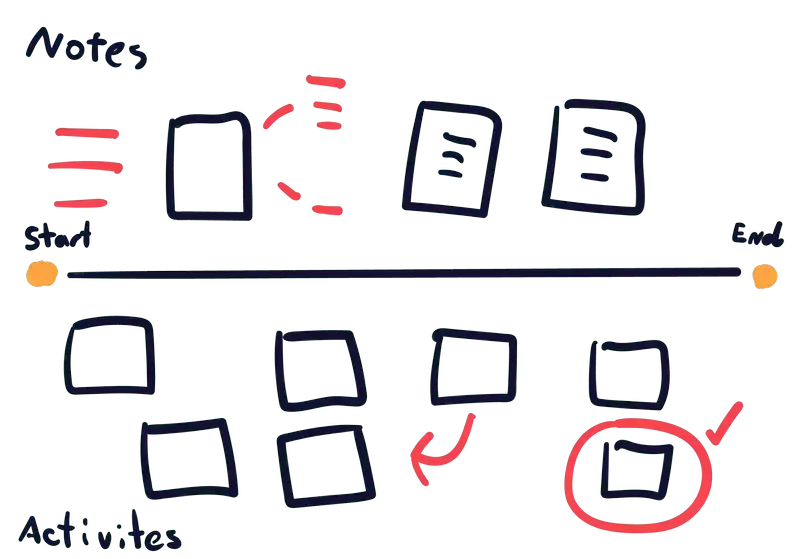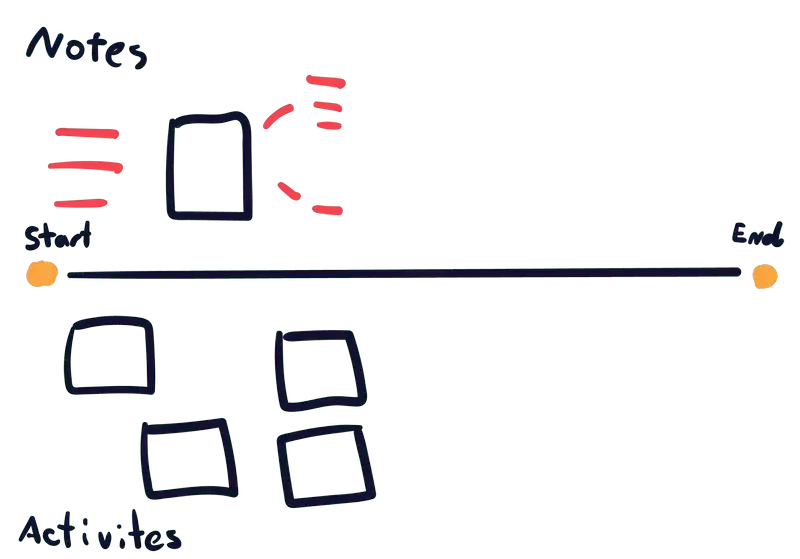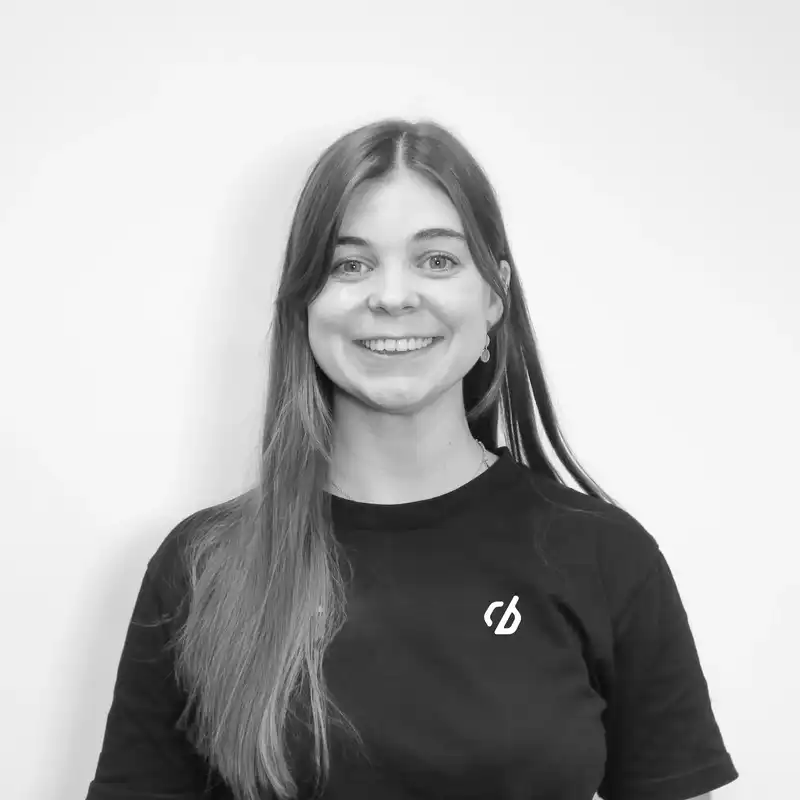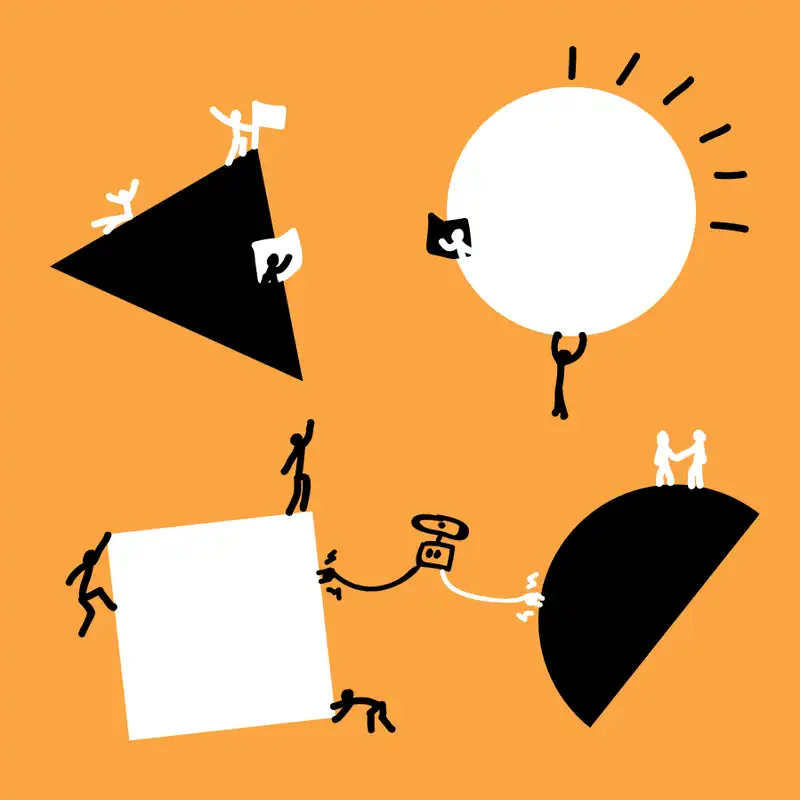Stage
Begun in Understand
Suggested time
Various sessions of 30mins
Participants
Scoping team
Facilitator
Stakeholders
How to run:

The project journey lets you both plan and reflect on activities and lessons in the scoping stage.
- On a board, draw a horizontal line labelling the ends as start and finish.
- Label the space above as notes, and the space below as activities.
- At the beginning of a scope, take the time to add activities kit items below the line you believe you’ll need to consider, and explain to the team what they are.
- As scoping continues and more activities are completed, take the time reflect on how they went, you may need to change up what activities to do next. Write notes above the line which the team can come back to.
- At the end of the scope, take time to do a retrospective on the scope; what went well and what could be done better next time.
Description
A project journey is a way for the team to visualise the process they are undertaking. Many projects in the scoping stage can come undone from poor planning. It is important the entire team and all the stakeholders are aware of what resources, time, and commitment are needed to make it a success.
Having a singular board where all the information on what activities the team wants to use and what they’ll need to prepare for them, creates that great focal point. As the project moves forward, the team can use the board as a place to return to for retrospectives on how activities went, and if they want to change direction or keep exploring a stage.
Method
At the start of a scope it is important to get everyone on the same page on what you plan on doing. Allowing the team and stakeholders to understand the process they are about to undertake helps everyone manage expectations. The Project Journey activity is split across several sessions. Until other activities that can be completed in a single meeting, this one is part of an evolving process.
Planning for the scope

Get a board where you can draw a line and write some words. Make sure you can bring it up in future meetings. Whether it be a digital format, on something like Miro or another whiteboarding app, or on a piece of butcher’s paper on a wall.
Gather the scoping team and the stakeholders for the project and draw a line diving the page top and bottom. Write Start and End on the opposite ends of the paper and above the line write Notes and below, Activities.
Take the time to discuss as a group what activities kit items you want to pursue for this scope; you could keep it flexible and only look at the next couple of ones, or if your stakeholders are after a more formalised structure, you could theorise out all the ones you’d like to do for the project. Have a read of the “What are some software scoping best practices” article for a few key ones not to miss.
Write next to the activities who will be involved and what resources will be needed to complete it. If there is an element of time for the scope, then you can even mark down when you should aim to have completed that activity by.
Once the team is happy with what the next steps are, and everyone is aware of what they’ll need to do next, you can be more confident the team has more buy-in and expectations are set.
Reflecting on progress

As you progress through the scope and complete more activities you should keep coming back to the project journey to reflect on how things are going. Having a visual board of your scope plan helps you have a talking point. Write some notes above the line about how things went with activities and the direction you’re heading in.
There are points when you’ll need to diverge or converge your ideas in scoping and these sessions are a good time to make this decision. You can also add more activities, remove some or repeat them again if you feel you want more data. Update the journey to reflect your changes and be sure to have the team and stakeholders understanding why changes are being made.
Looking back at how you went

Once the scope has finished and you’re ready to move onto implementing it into development work, you should take the time to have a retrospective on how your team worked in the scope. Take the time to look back at the journey and point out what went well, what you could have done better next time, and what still confuses you. This final step will help your team learn and grow their scoping skills for the next project.




